Gluten Free Home Brewing Blog
My 10 Year Homebrew Equipment Journey - Part 1
The reasons people brew gluten free beer varies depending on where you live. At one time many people brewed their own gluten free beer as they could not buy any locally, or if they could buy a gluten free beer at the local grocery store, maybe they wanted to add some variety to their gluten free beer drinking options. I fell into the later. Growing up in Milwaukee Wisconsin, I was raised in a beer friendly community. Then when I moved to Portland Oregon for college and could go out to the local pub I was presented with seemingly endless options of macro and micro brews. But in 2007 my doctor said there was this thing called gluten and maybe it was really wreaking havoc on my gut. By 2010 my wife apparently had enough of my endless complaining and bought a Starter Brewery Kit (the same one we now sell on our website for $159.99) for my birthday.
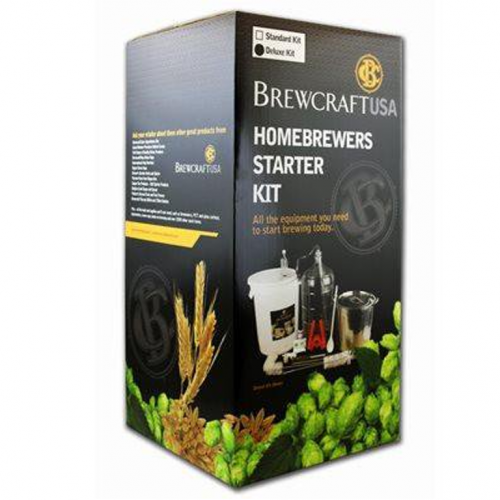
I quickly learned brewing could be very much the same as my other two interests, cycling and gardening. They all can drain your bank account if you let them. Just like bicycles over the last 25 years, I have bought, sold and traded a lot of brewing equipment over the last 10 years. And just like bicycles, I probably could have avoided a lot of unnecessary expenses had I just bought the right equipment for my level of interest. A lot of people get into cycling thinking that as their interest in the sport increases, they will simply upgrade their bicycle. And just like brewing, this gets to be costly. Some of this is a learning process, and some of it is a right of passage. But ‘if I knew then what I know now’ I probably would have opted for a system like I have at present.
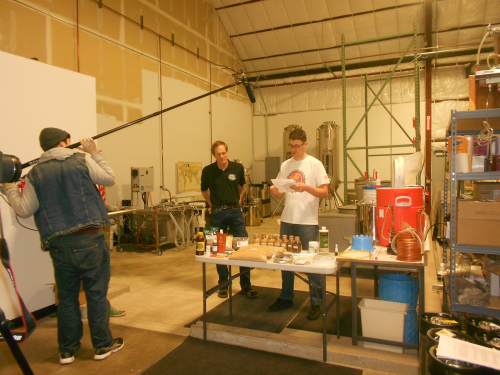
Filming Tutorials at Eckert Malting & Brewing Co in 2017
Let us assume that we all buy some sort of starter kit that provides us with fermentation buckets, air locks, syphons, a hydrometer and so forth. Then this is what my first all grain setup looked like:
Basic 8 gallon brew kettle $49.99
10 gallon cooler mash tun with false bottom $166.99
1000 micron stainless steel mesh screen (special order) $80
5 gallon cooler (HLT) $24.99
Single propane burner $99.99
25’ Wort chiller $52.99
TOTAL $474.95
At this point you could have already bought a Brewer’s Edge Mash & Boil with Pump which we sell for $399.99 (which includes a FREE ($42.49 value) 1000 micron stainless steel mesh screen). Another very popular option is The Grainfather which we sell for $998.98 (which also includes a FREE 1000 micron stainless steel mesh screen). Let me share with you some of my past frustrations and challenges that today I would without a second thought trade for my current system. The first thing is the little bit of science and maybe a little bit more of an art…properly calculating strike water. The scientific process of raising a grain bill to the target mash temperature is conduction. Conduction occurs when two or more objects of different temperatures contact each other and heat is transferred to the cooler objects until they are all the same temperature. So unless you know the exact temperature of the malt, the mash tun and all the components in it, you may struggle to get to the target mash temperature consistently.
I mastered achieving the perfect target mash temperature after a few batches. However, my next challenge was thermal loss which is the heat loss from your system. Basically if you touch it and you can feel warmth your mash is not going to maintain its temperature for too long. Through experience you will figure out how much temperature loss your system will lose over 60, 90 or 120 minutes. Enter Reflectix double reflective insulation. Basically you wrap the crap out of anything that feels anything but cool to the touch. The lid is the usual suspect. An option for the lid of a cooler mash tun is to pump it full of expandable foam insulation.
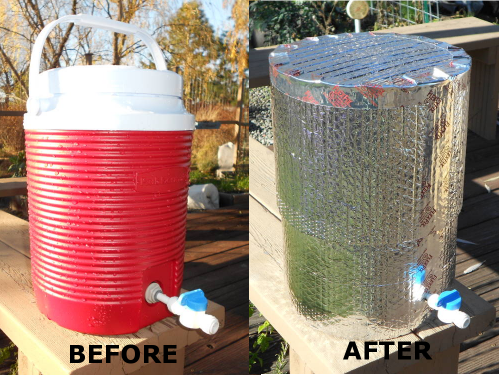
2 Gallon Mini Mash Tun with Reflectix
What convinced me that I had to give up my cooler mash tun was when I tasted the wort from a friend’s recirculating mash tun. That was when I realized the potential of my system had limits. Recirculating that mash does allow the grain bill to naturally act as a way to filter and clarify the wort. Recirculation of the mash has not only allowed me to unleash the full flavor profile of the malts, but has also resulted in consistency and higher efficiency. It is not to say that you cannot make an amazing and flavorful beer without a RIMS or HERMS system…I can hear my phone blowing up with emails now! But for me, when you have to constantly remember all these nuances to your system, and all it takes is forgetting one step, to me it is worth the cost of my Grainfather.
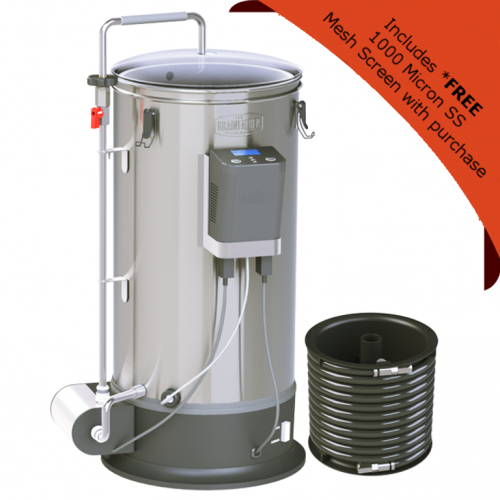
But let’s consider another factor which is the cost of a beer once home brewed. With a cooler mash tun which limits most home brewers to a single infusion mash you will generally achieve 70-80% efficiency. With a system like The Grainfather your efficiency should increase to 75-85%, some home brewers claim they get around 90% efficiency. Now enter Ondea Pro. Although we don’t have specific brewing recommendations for Ondea Pro, the consensus is your efficiency should easily hit 100% or more! That would be a substantial reduction in grain bill size. This obviously brings up the question of how reliable is the current PPG of gluten free malts, but that is a whole other blog, and something that may need to be recalculated at some time in the future.
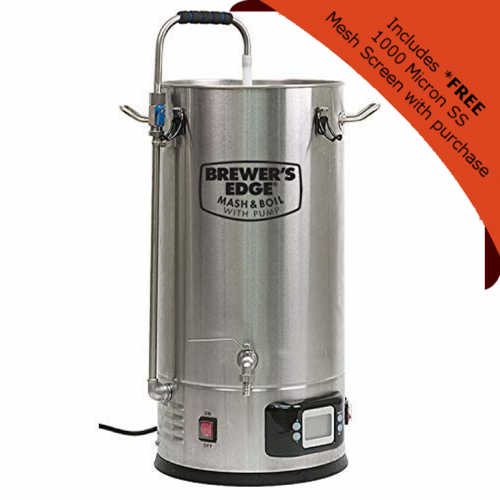
If you are considering an all-in-one system like the Brewer’s Edge Mash & Boil with Pump or The Grainfather, please consider purchasing your system from us. I personally use The Grainfather and have shared much of my experience using this system on our Blog. I personally tested mesh screens of various microns to find which gap worked best for brewing with gluten free malts. I even shared my secrete of how to easily install the mesh screen into The Grainfather’s grain basket. And we just recently purchased a Brewer’s Edge Mash & Boil with Pump just so we can show you how to brew amazing gluten free beer in this system as well!
JP Bierly, owner and head brewer of Bierly Brewing, found a passion for brewing gluten free beer as a home brewer before starting his own brewery. JP will share his experience building a recirculating mash tun (RIMS) in Part 2 of this series. Please check back soon.
~Cheers!
